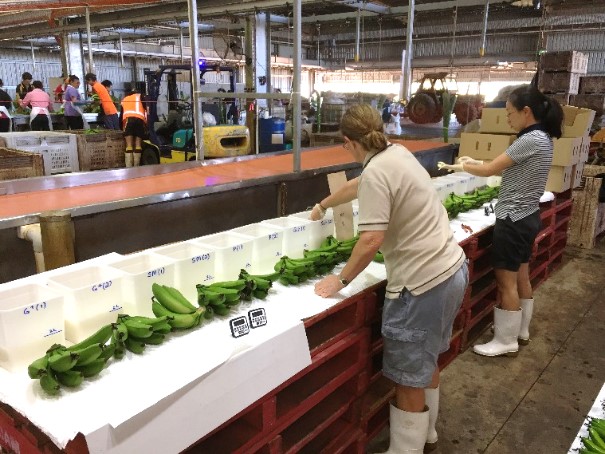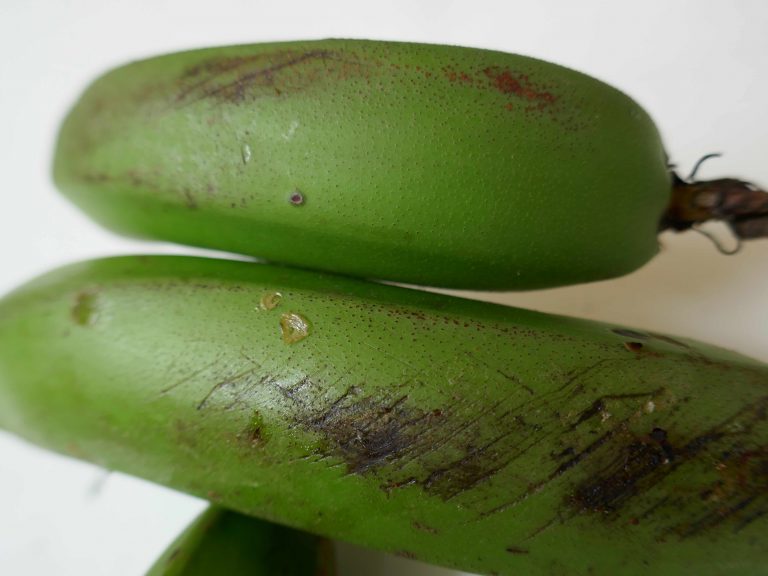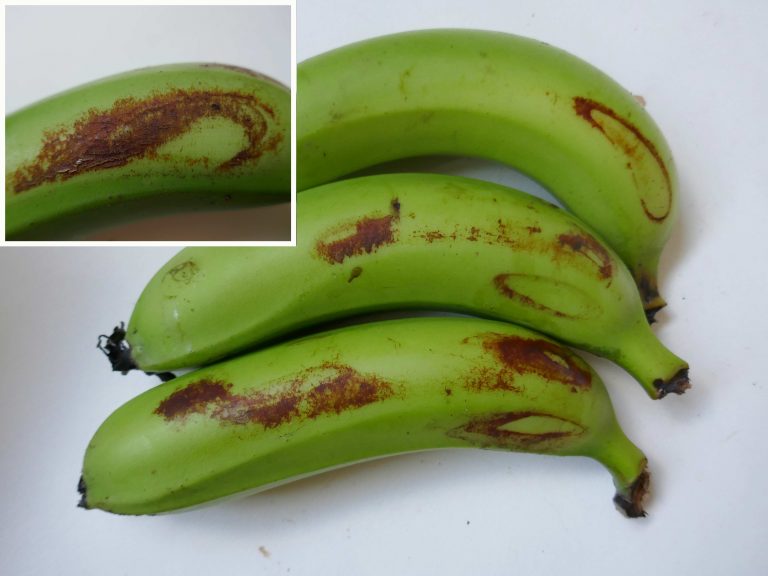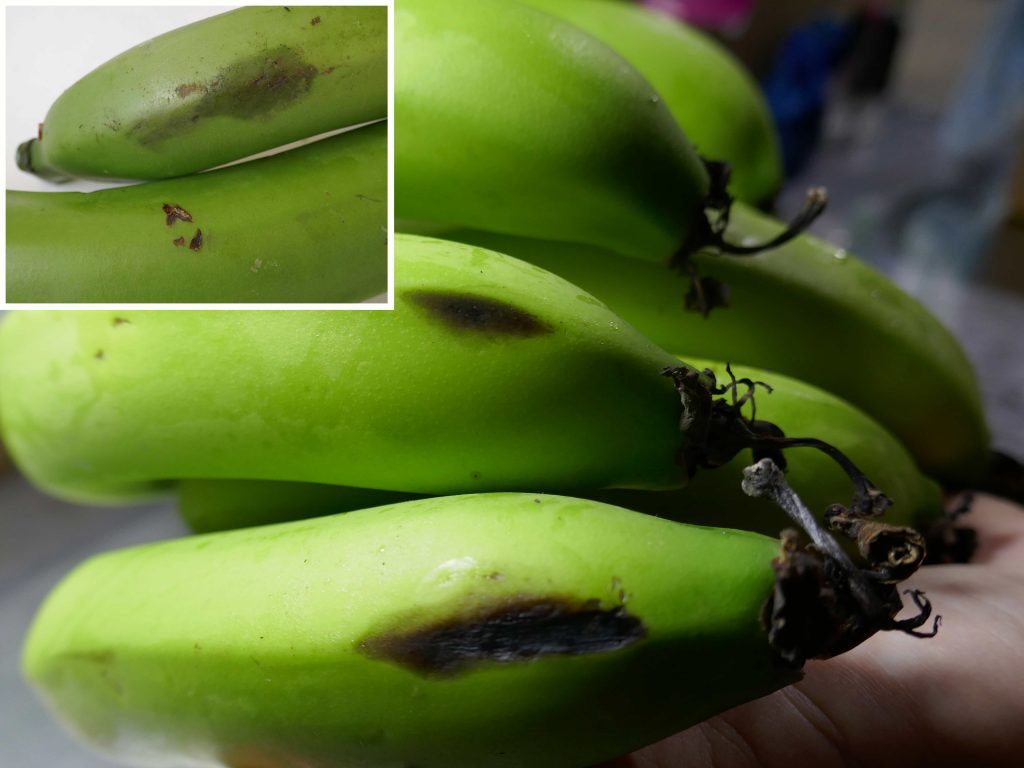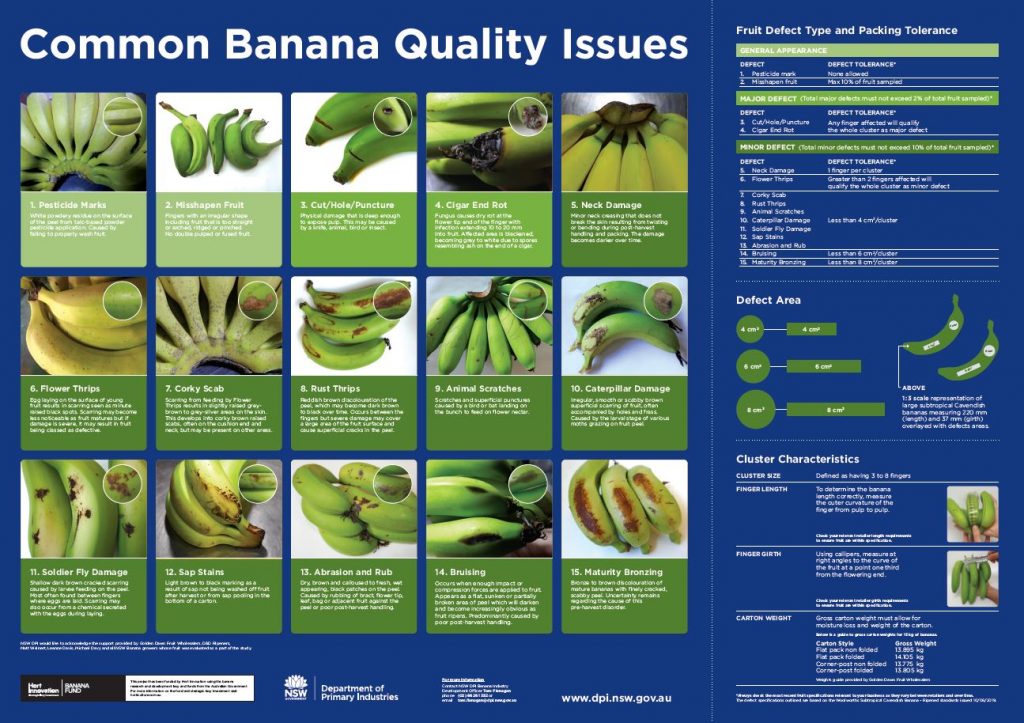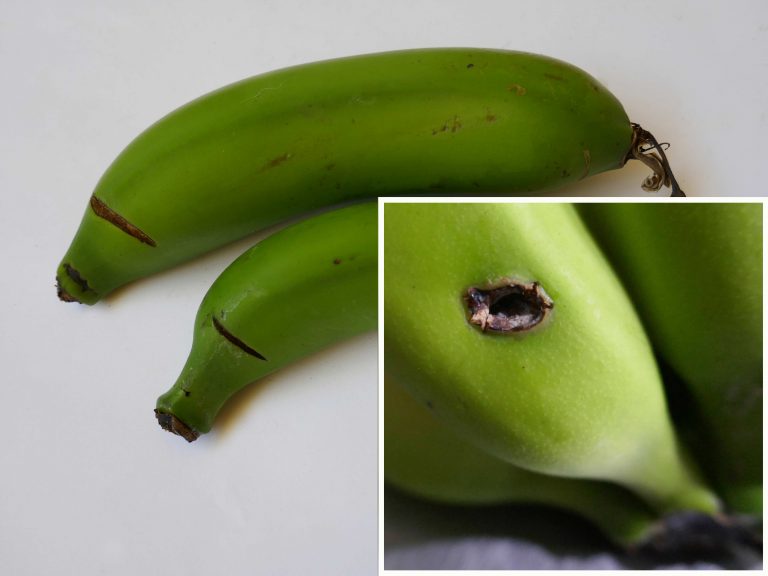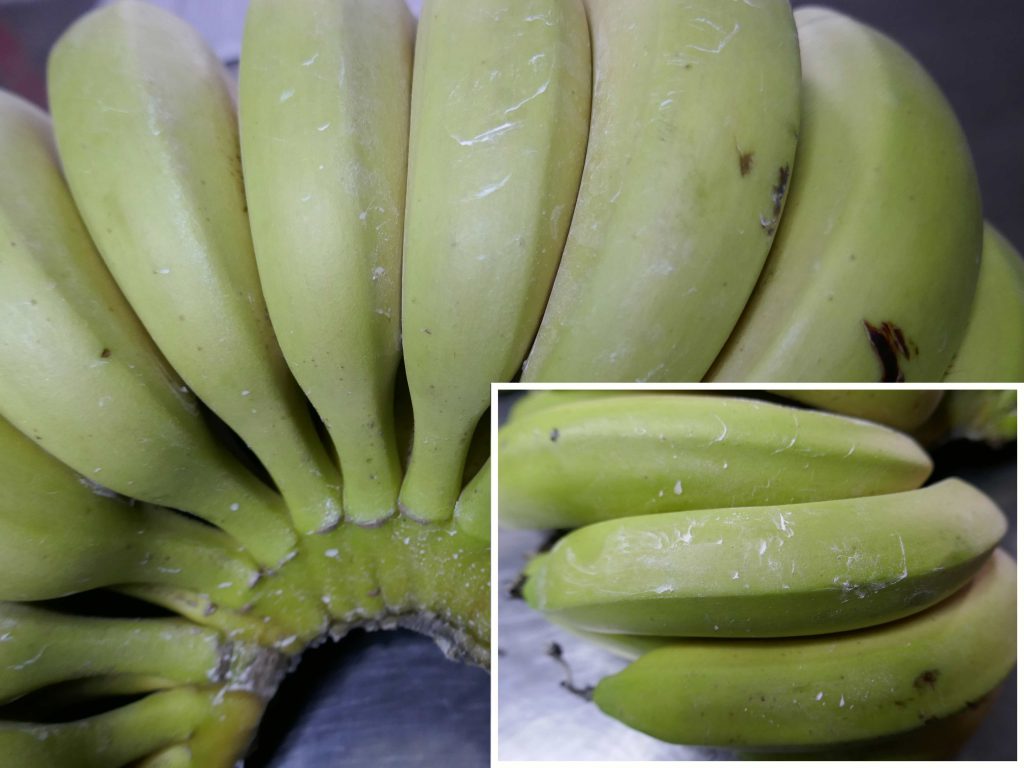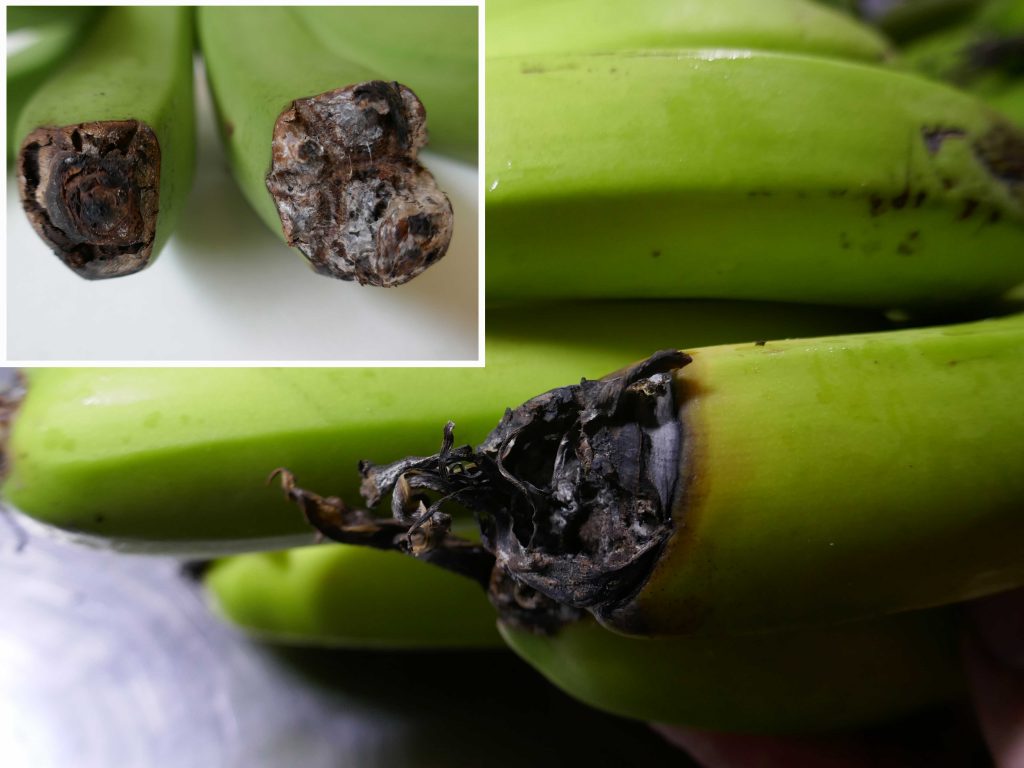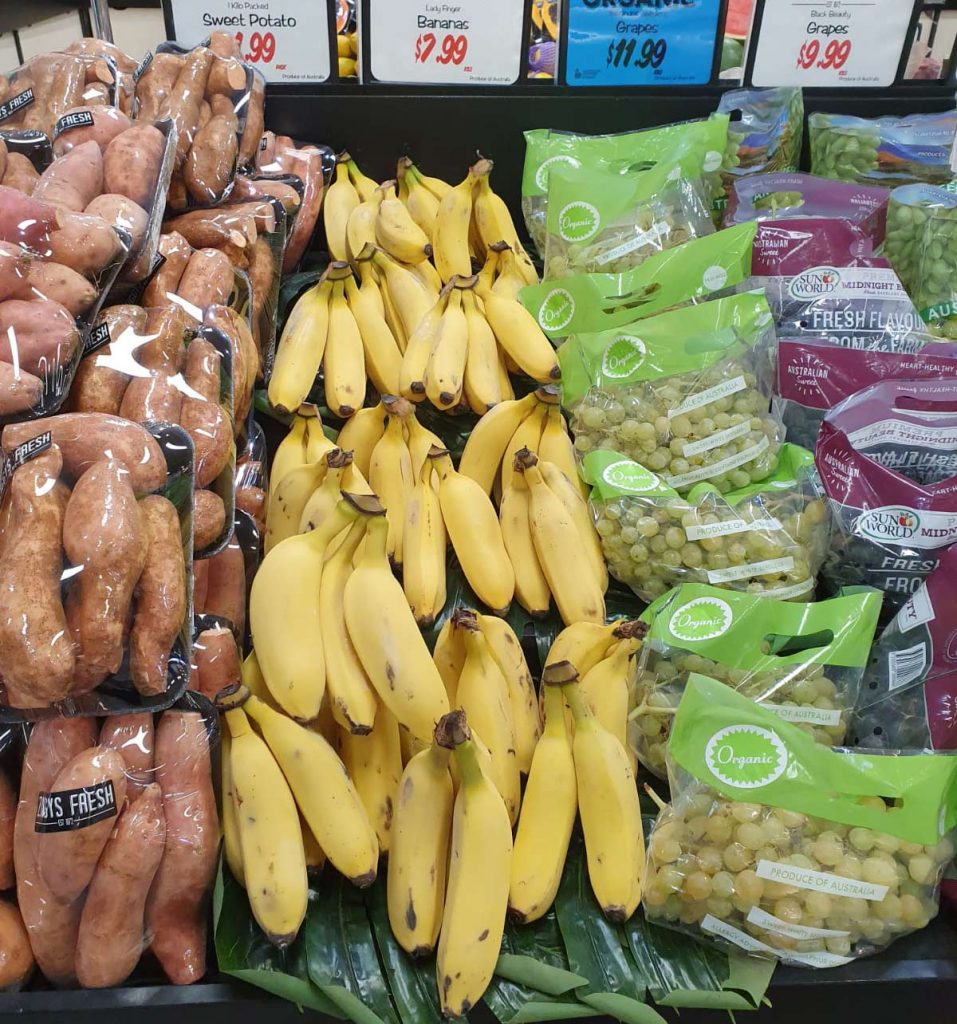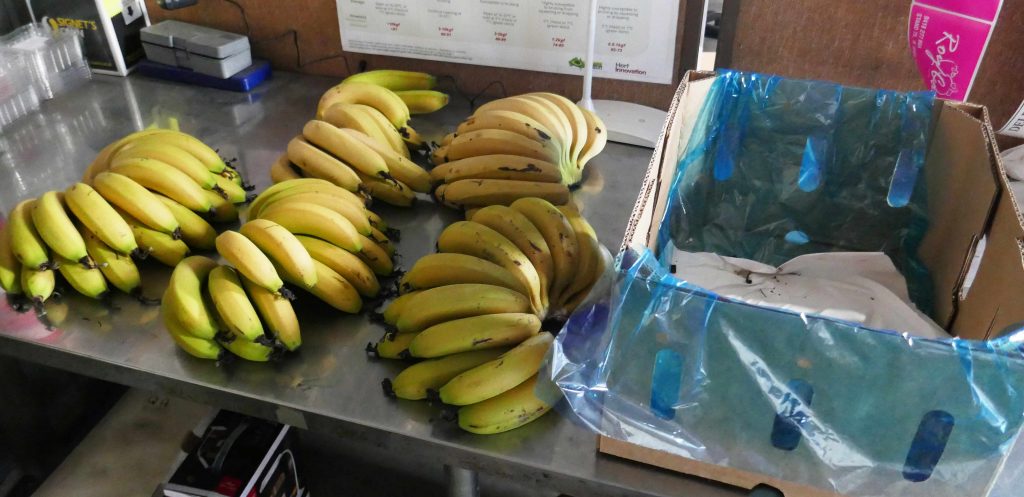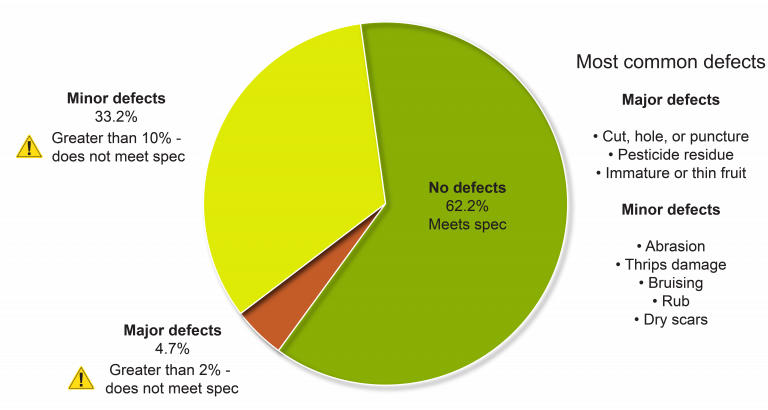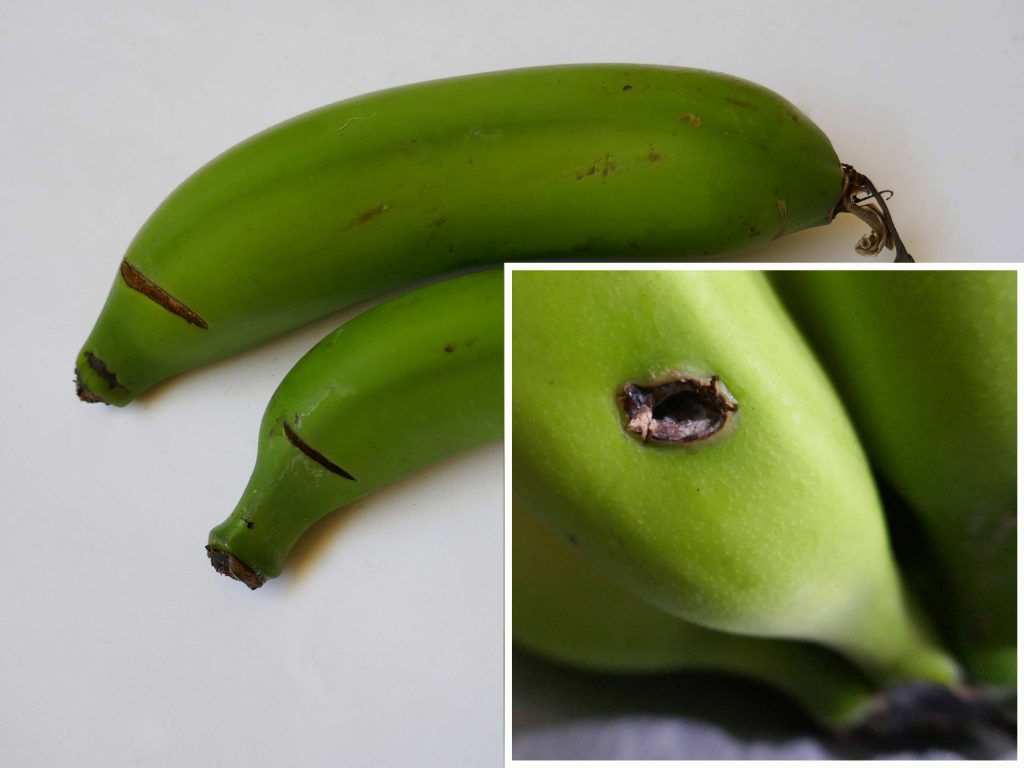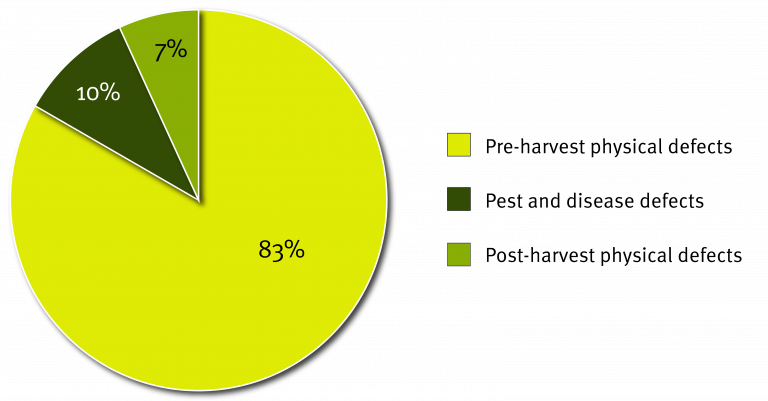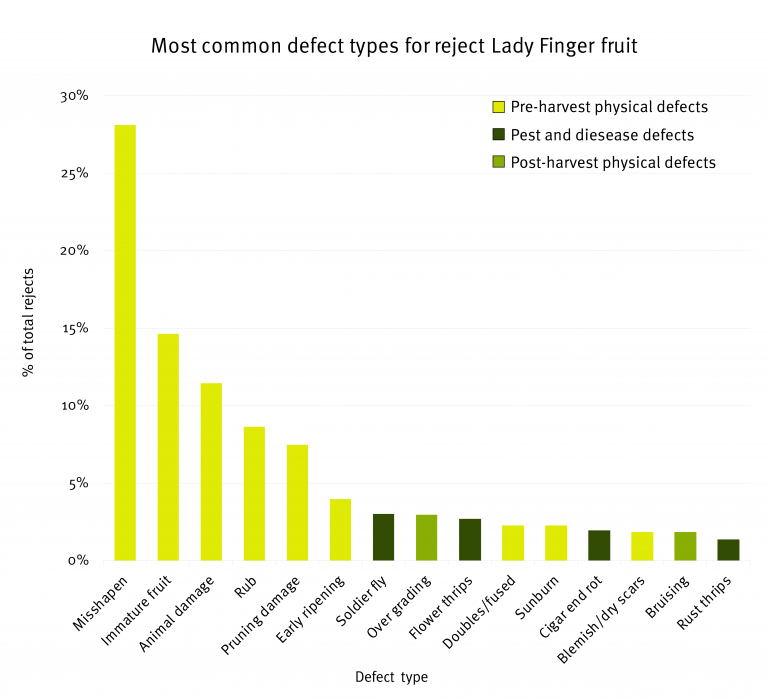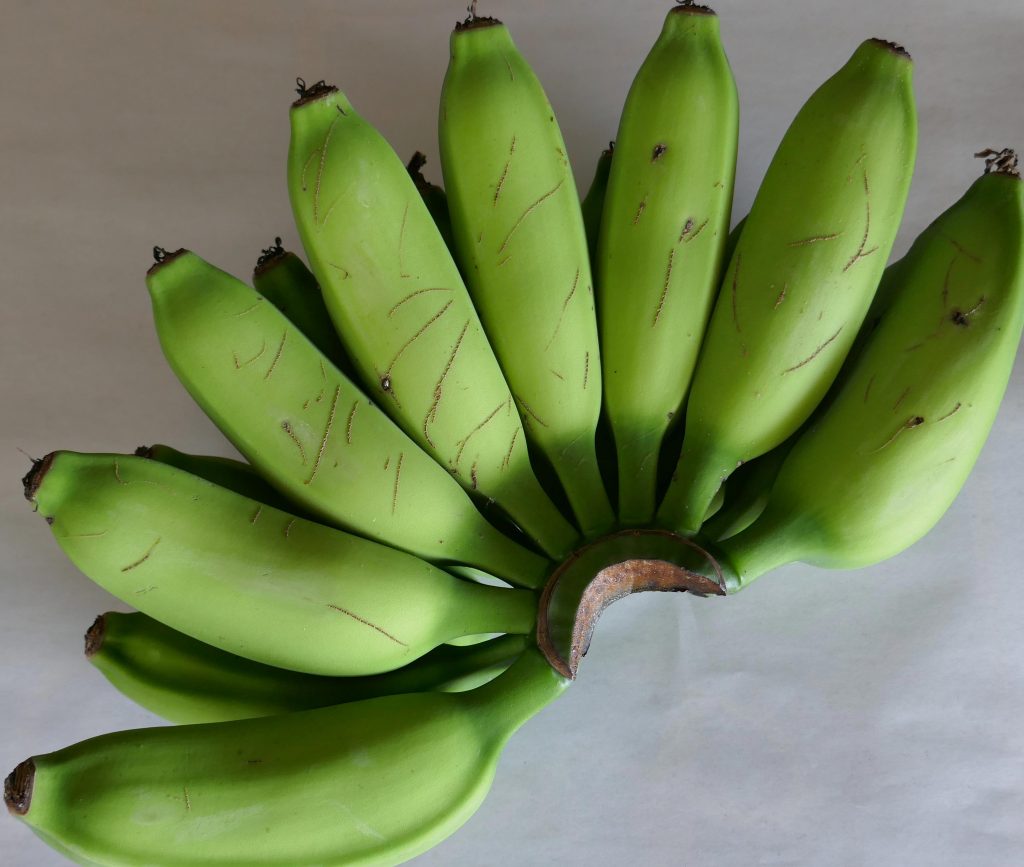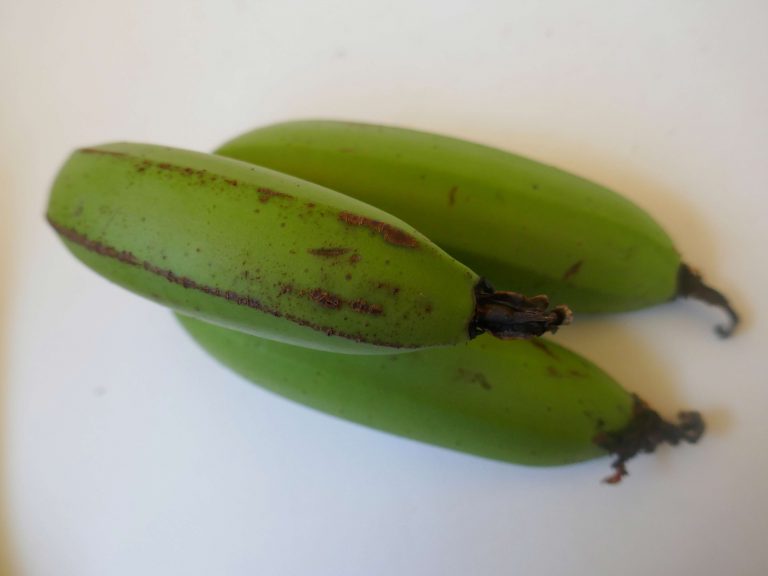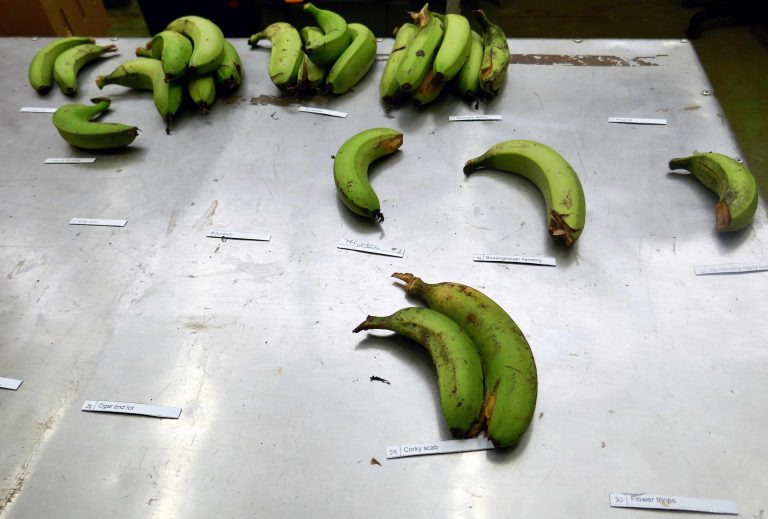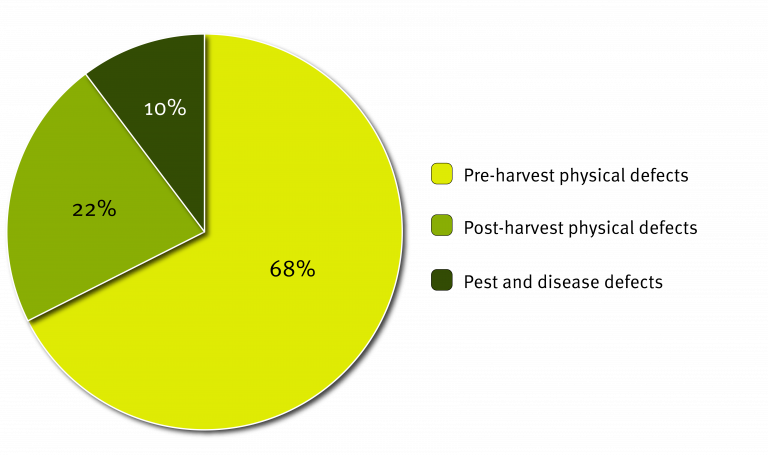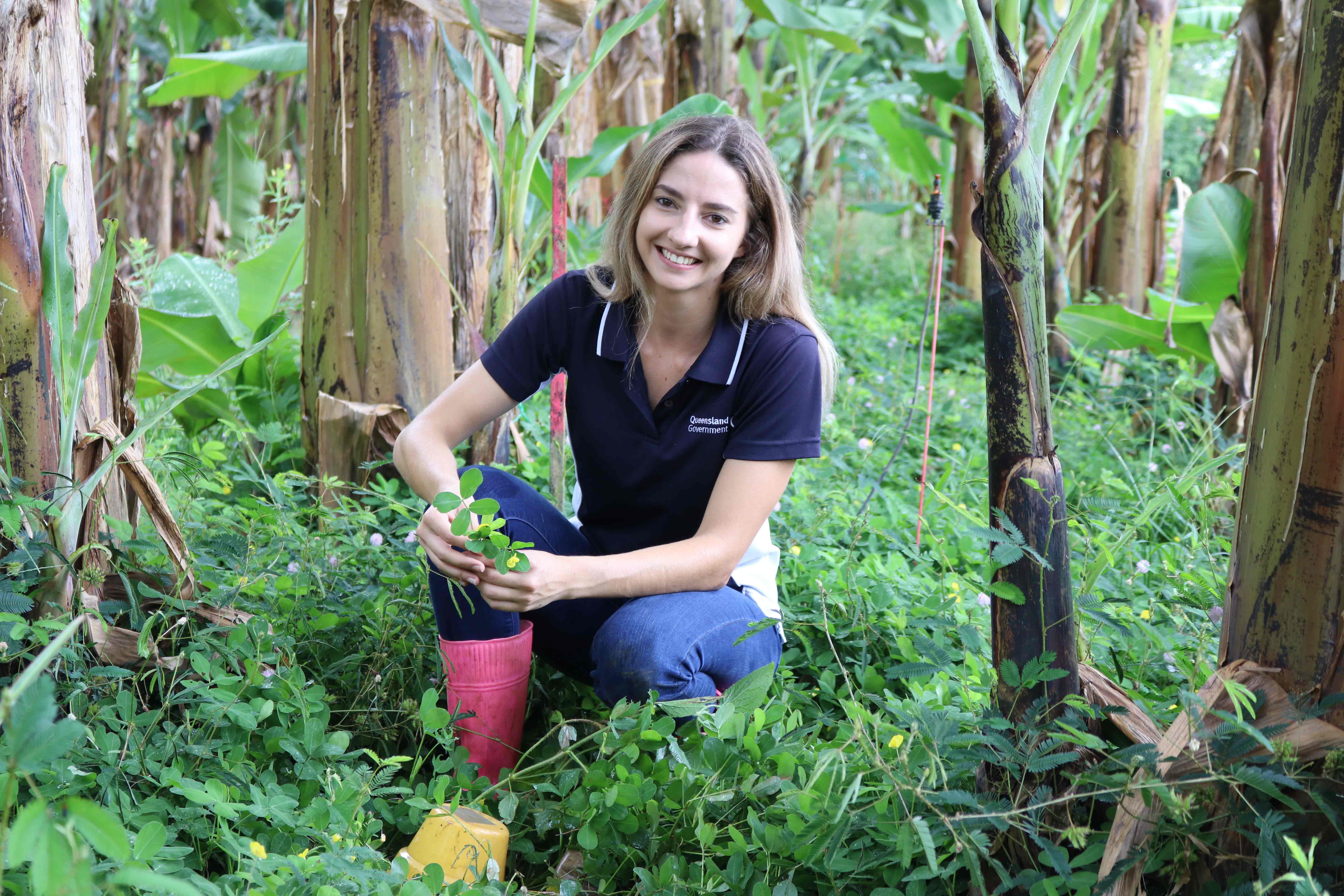It’s certainly going to be a busy time for the team working on the new five-year National Banana Development and Extension Program (BA19004) which commenced in June this year. This project is funded by the banana research and development levy, with co-investment from the Department of Agriculture and Fisheries and New South Wales Department of Primary Industries and contributions from the Australian Government. Building on the achievements of previous extension projects, it seeks to continue to help build capacity within industry, giving growers the best possible opportunity to make informed positive changes to their businesses.
The team is about to hit the road visiting banana farms, with a renewed focus on one-on-one grower contact. This will give the team a greater understanding of the current needs and issues of growers as well as identifying any opportunities for assistance specific to their farm.
The project will continue to deliver information on the latest banana research and development through events such as the National Banana Roadshows, field days/workshops, Better Bananas website, the Australian Banana Congress, and other special events. The extension team is taking a flexible approach to dealing with COVID-19. Some activities may be delayed or modified in the short-term, for example linking interstate researchers into workshops via webinar. The main aim is to continue the momentum of the National Banana Development and Extension Program.
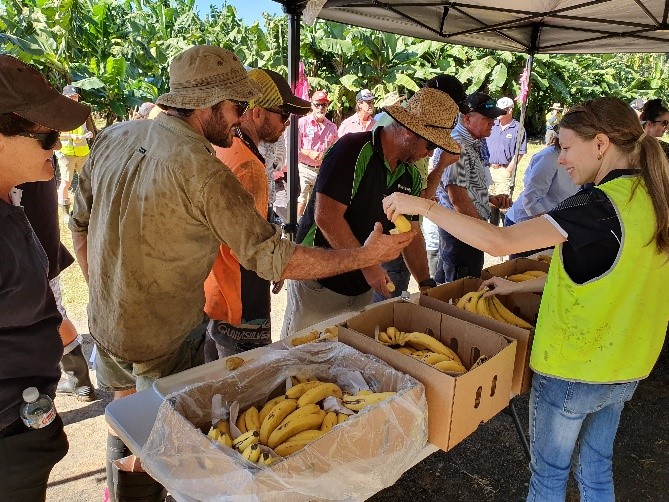
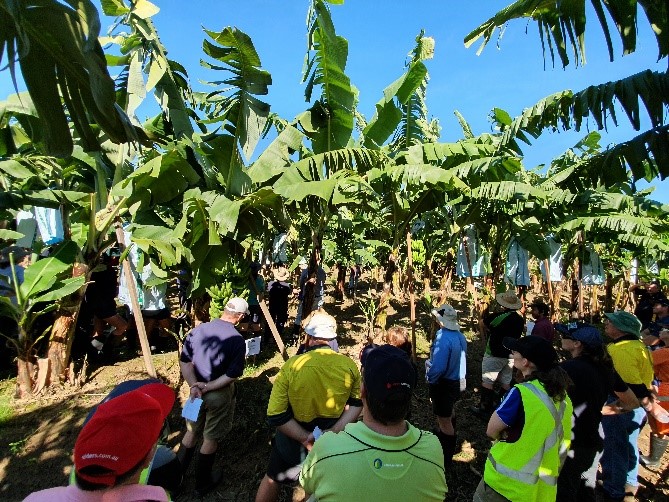
This also includes exciting collaborative initiatives such as continuing to support NextGen, the industry’s young grower groups. NextGen groups in both Queensland and New South Wales are open to young growers or for those ‘young at heart’, who are willing to contribute and share with other group members. The team is looking forward to future NextGen activities, which have previously involved visiting businesses from other industries and in other regions, with a focus on innovation and technology.
The extension team will also be keeping an eye out for any opportunities to work closely with growers doing small on-farm innovation trials. These will be regionally focused and selected based on industry priorities.
The team has some new and familiar faces to industry. Tegan Kukulies from the Department of Agriculture and Fisheries (DAF) leads the project and is currently on maternity leave. Sue Heisswolf (DAF) is acting in Tegan’s role while she is on leave, supporting the team with project management activities. Sue is a Principal Horticulturlist with the Department and is a great addition to the team, having a lot of experience in delivering extension services to horticultural industries.
Other project members include Stewart Lindsay (DAF), Shanara Veivers (DAF) and Ingrid Jenkins (DAF) who are all based at the South Johnstone Research Facility in Far North Queensland, and Tom Flanagan from New South Wales Department of Primary Industries. Tom is based at Wollongbar and is the main contact for New South Wales growers.

Contact us!
We encourage all growers to get in touch for more information on project activities or to arrange a visit with the extension team.
Contact us:
Email: betterbananas@daf.qld.gov.au
Phone: (07) 4220 4177 (South Johnstone team)
Phone: (02) 6626 1352 (Tom Flanagan – Subtropical enquiries)
This National Banana and Development Extension Program (BA19004) has been funded by Hort Innovation, using the banana research and development levy, co-investment from the Department of Agriculture and Fisheries and New South Wales Department of Primary Industries and contributions from the Australian Government. Hort Innovation is the grower-owned, not-for-profit research and development corporation for Australian Horticulture.
The project works in close collaboration and is supported by the Australian Banana Growers’ Association (ABGC).





